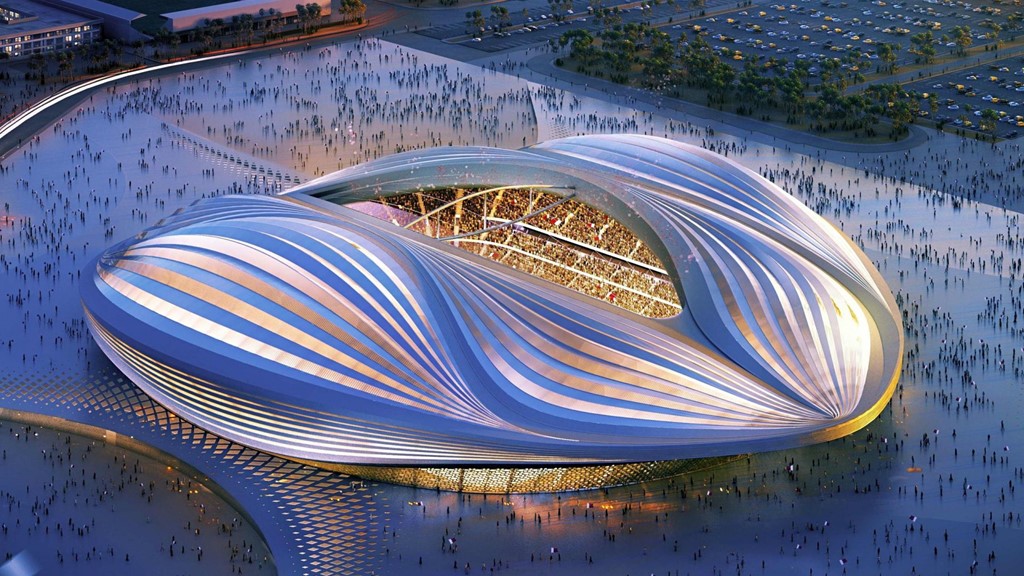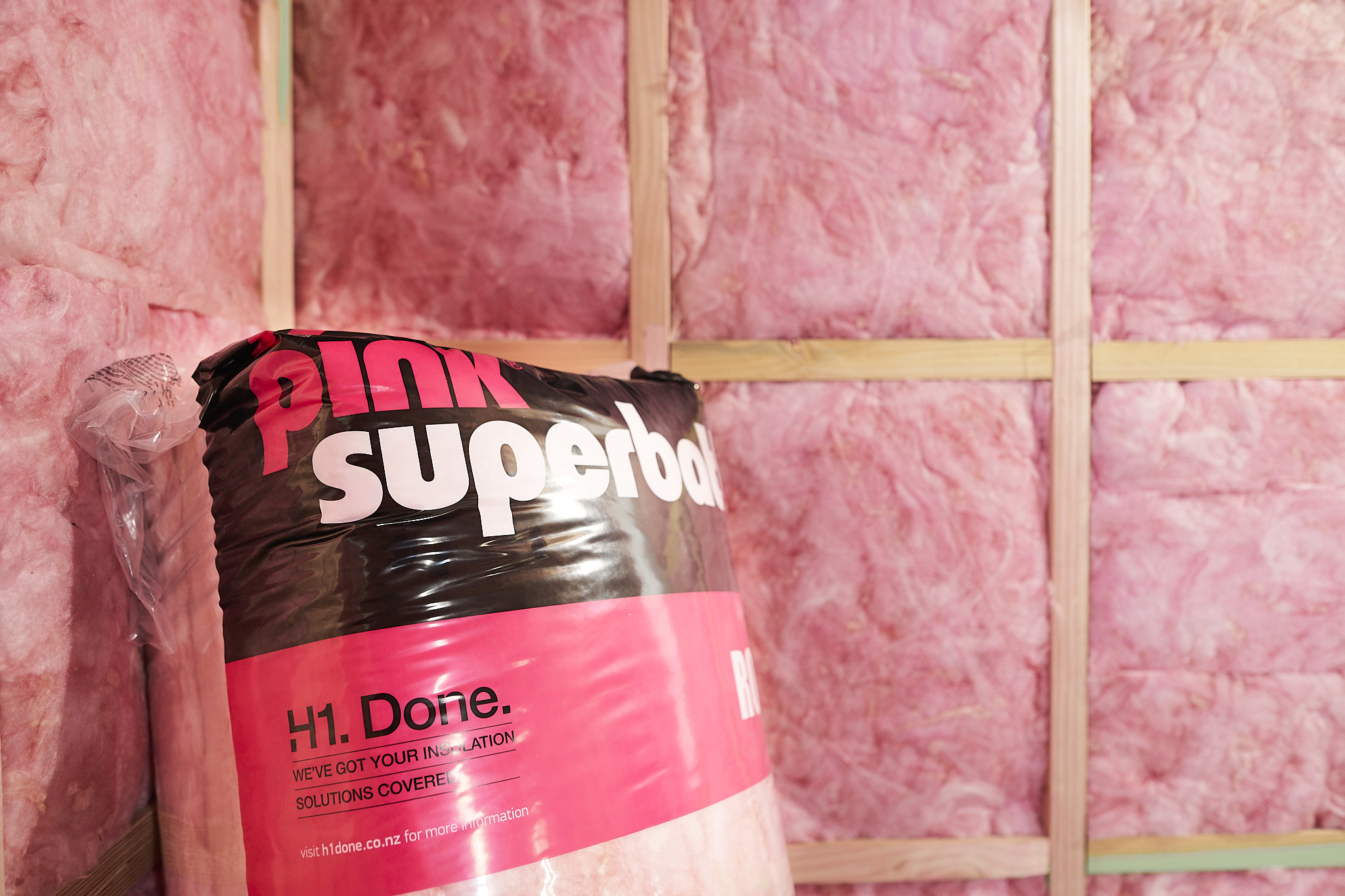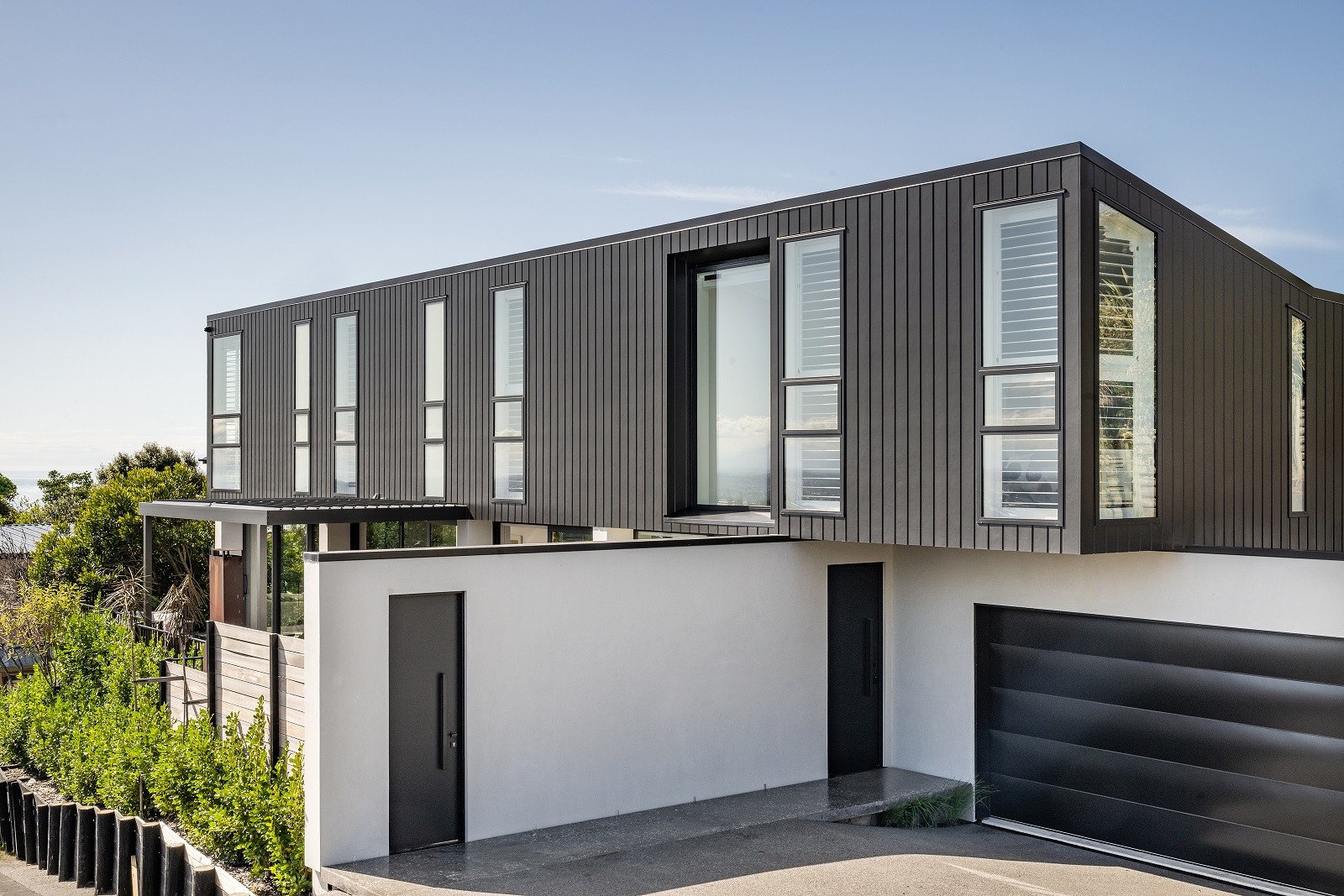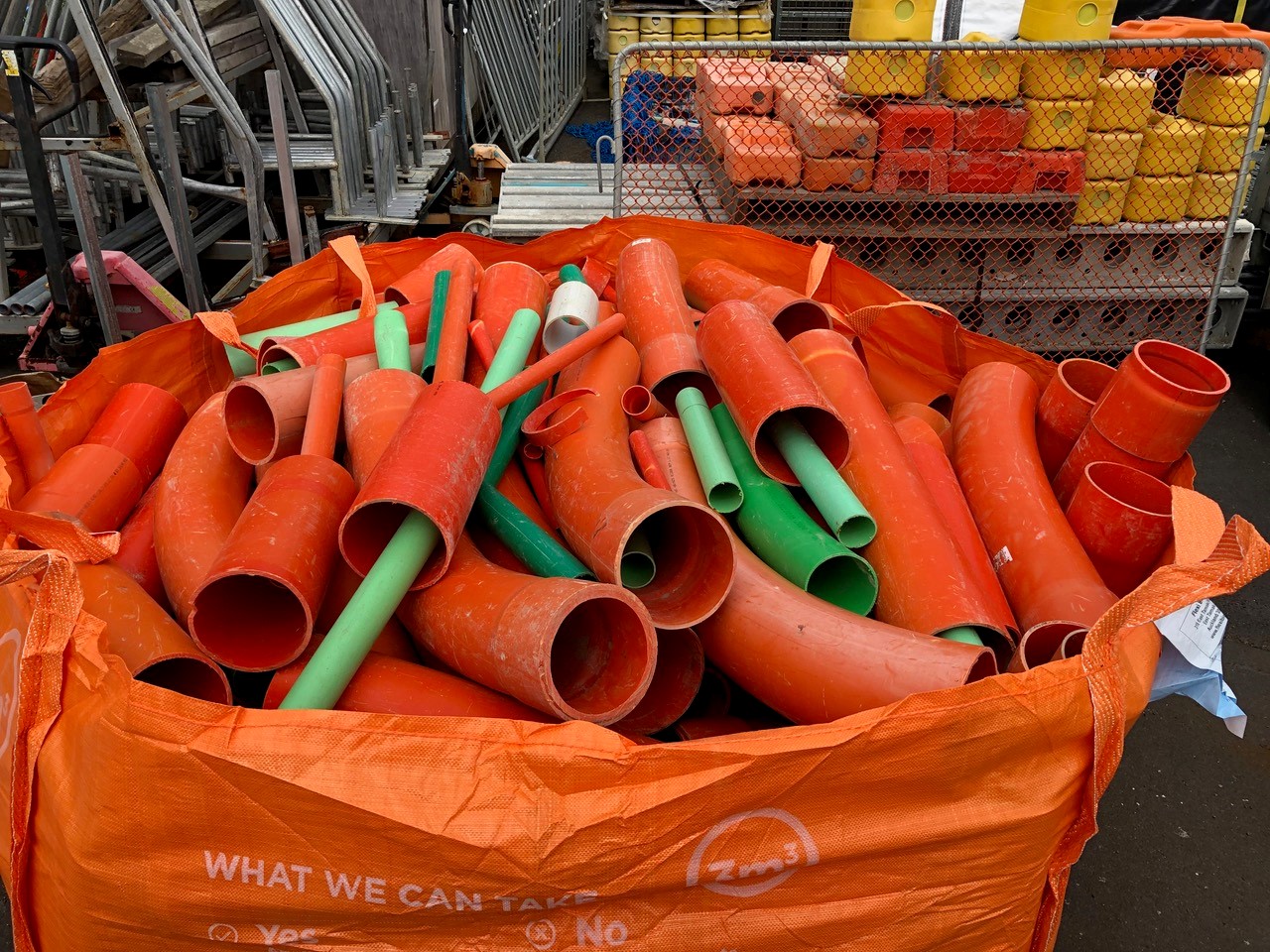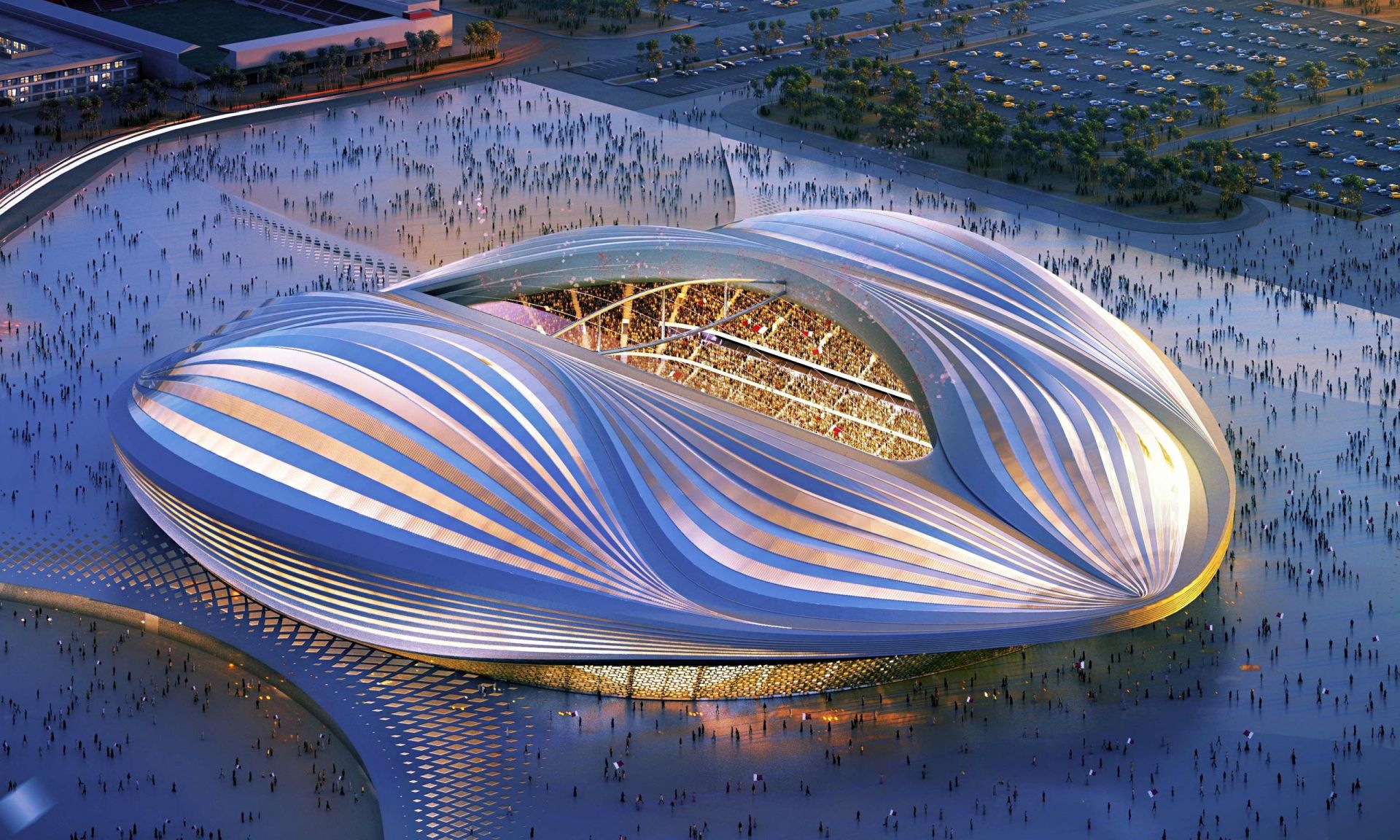
Building for the FIFA World Cup 2022 is well underway, with the first venue to be built from scratch hosting its inaugural game in May. Al Wakrah Stadium will host group and quarter final games and is one of eight grounds that will be used for the quadrennial festival.
FIFA was roundly criticised for selecting Qatar as the 2022 host country, because temperatures normally reach 42 Celsius in the summer, with peaks of 50 degrees in Doha. That’s why the 2022 World Cup will be the first to be played in winter, when temperatures range from 25 to 30 degrees.
The new venue is located 23 km from Doha, in the coastal city of Al Wakrah. Designed by the late Iraqi-born architect, Dame Zaha Hadid, the brief stipulated that the stadium’s design should reflect the city’s maritime heritage and the traditional Arabian dhow. These versatile and hardy sailing vessels have been used on the Indian Ocean and the Persian Gulf for millennia.
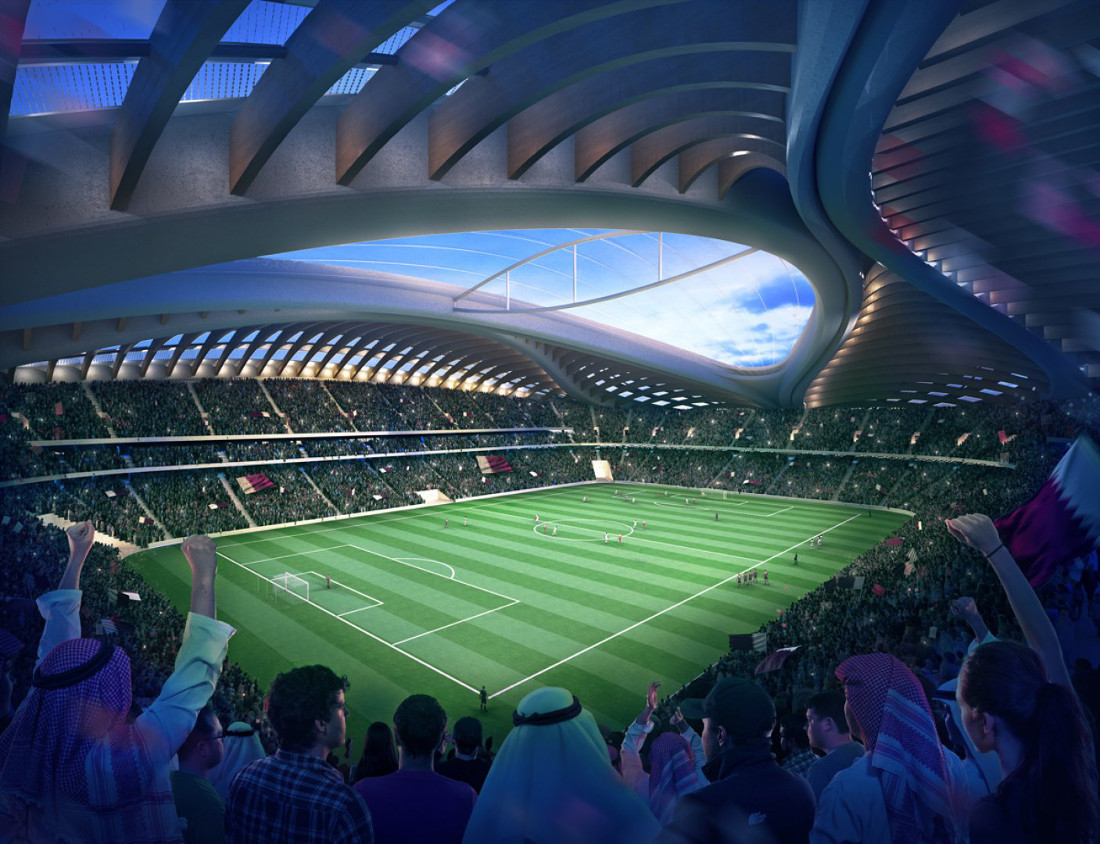
A number of abstracted cultural references were therefore incorporated to reflect the setting and to meet the functional requirements of placing a football stadium in one of the fiercest climates on the planet.
Zaha Hadid Architects explains that the roof was designed by Schlaich Bergermann Partner of Germany. When deployed, it operates like a sail to cover the eye-like aperture above the field of play, creating a sheltered environment for summer football games.
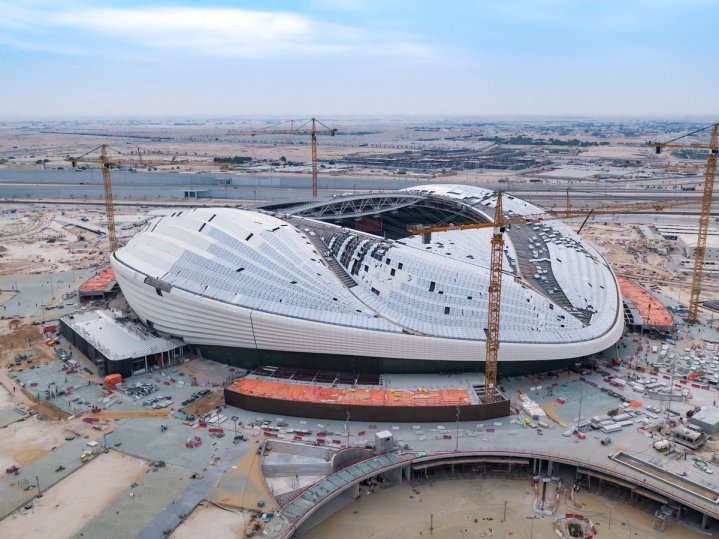
The roof echoes the hulls of dhows turned upside-down and huddled together to provide shade and shelter and its beam structure echoes their internal framework. The stadium facade slants outwards and can be read as the pleating of a dhow's sails.
The opaque roof and wall areas employ a deliberately restrained palette of materials and colours. The cladding here is white, and darker colours are used for the areas below the eaves, including the lower level curtain walling with its ornamental lattice which provides shading.
The colour scheme for the building envelope supports its curving forms. The luminous, glossy roof and surface areas above the eaves make the viewer think of seashells and sails and the use of white emphasises the pleated textures. The embossed eaves and the lattice of the glazed lower- level façade are metallic bronze in colour, adding a sense of richness and depth to the design and acknowledging the long tradition of Islamic craftsmanship.
Al Wakrah Stadium will become the permanent home for Al Wakrah Sports Club when Qatar 2022 finishes. After the Cup the stadium’s 40,000 seat capacity will be reduced to 20,000. Seats from its upper tiers will be removed so that they can be donated to football development projects overseas.
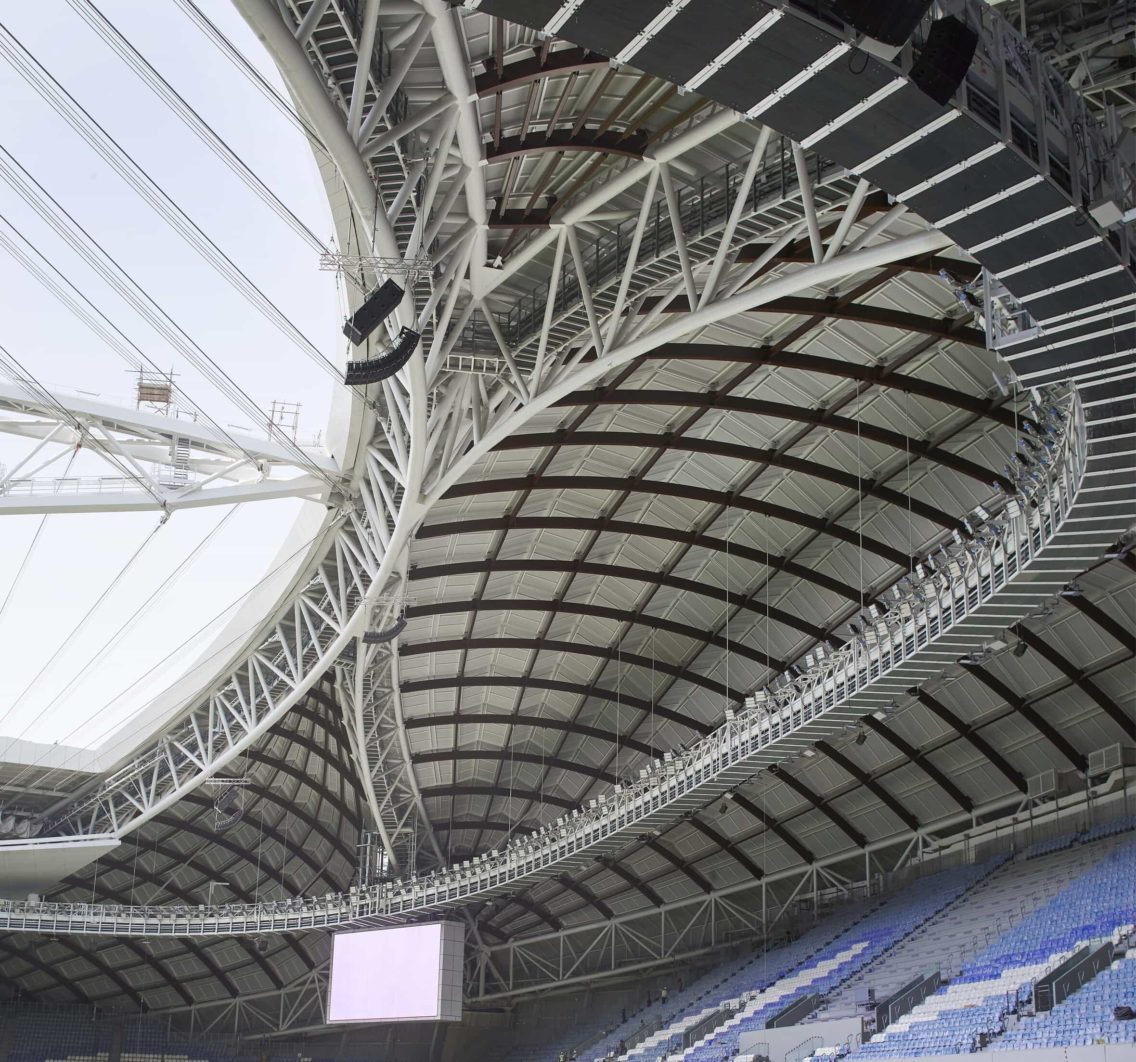
Queen of the curve and conjuror of otherworldly forms, Dame Zaha Hadid became a sought-after global brand, dotting the world with her rippling white structures, from Abu Dhabi to Azerbaijan. She turned her hand to everything from swirling urban plans and challenging footwear, to jagged jewellery and garish superyachts. But success wasn’t always easy.
Born in Baghdad in 1950, Hadid studied mathematics in Beirut, before training as an architect at the Architectural Association in London. Long dismissed as an dreamy ‘paper architect’, her early work grew out of dynamic paintings of skewed perspectives and fractured geometries, inspired by the fragmented forms of Russian constructivism. Her first building was a small fire station in Germany, built in 1994, whose tilting walls and angled stairs proved too much for the firefighters to stand.

Almost a decade later it was still her only building, yet since the mid-2000s commissions have flooded in, from the BMW headquarters in Leipzig to the Guanzhou Opera House in China.
Hadid was first woman to win the Pritzker prize (architecture's Nobel) in 2004, and was two-time winner of the RIBA Stirling Prize, for the Maxxi art centre in Rome and the Evelyn Grace Academy in London.
Her designs have been the focus of unique criticism, with the Al Wakrah Stadium said to ‘resemble a vagina, rising out of the Qatari desert in a great vulvic bulge’ and Hadid's design for the Tokyo 2020 Olympic stadium looking ‘like a futuristic bicycle helmet’ – a design that was been met with fury by Japanese architects, who complained it as grossly insensitive to its context, looming 70 metres above the area of low-rise buildings and parks in the west of the city, close to the Meiji shrine, where a 15-metre height limit is in force.

Hadid didn’t get to see either of these monumental works through to completion. She died of a heart attack while in hospital in Miami, where she was being treated for bronchitis, aged 65.
